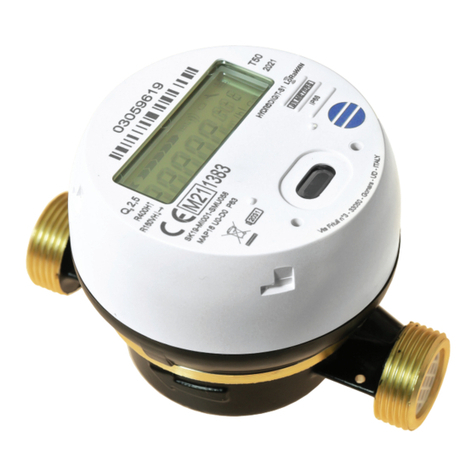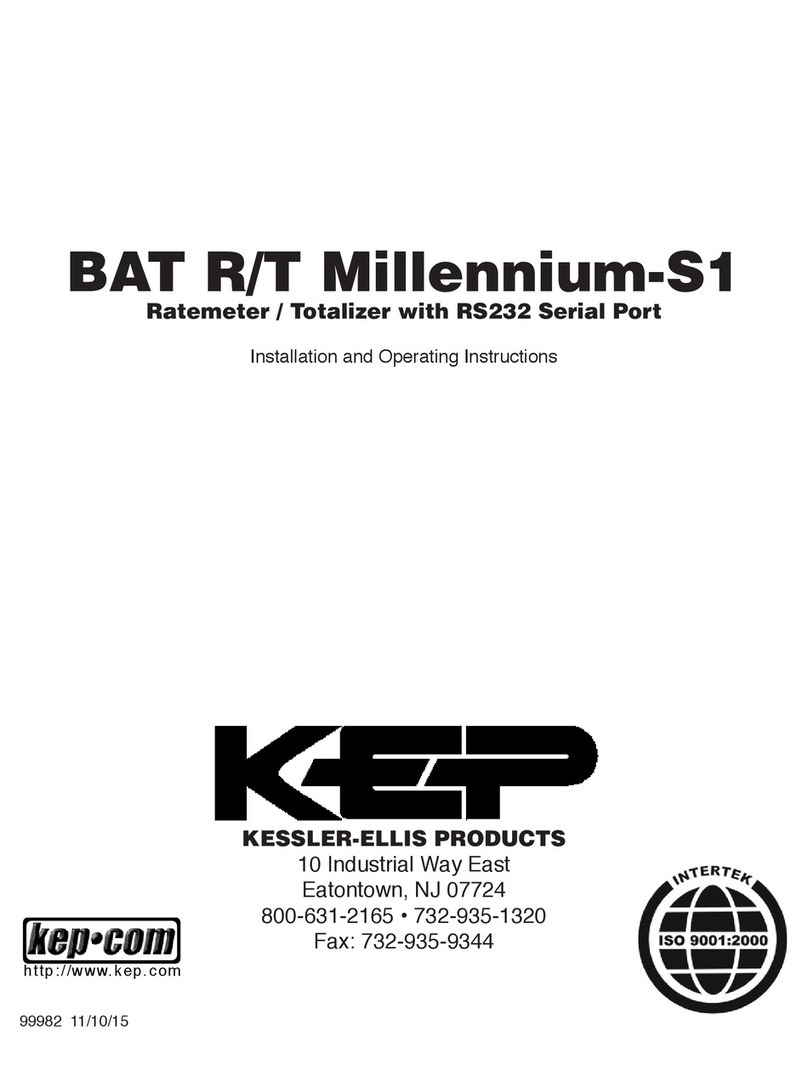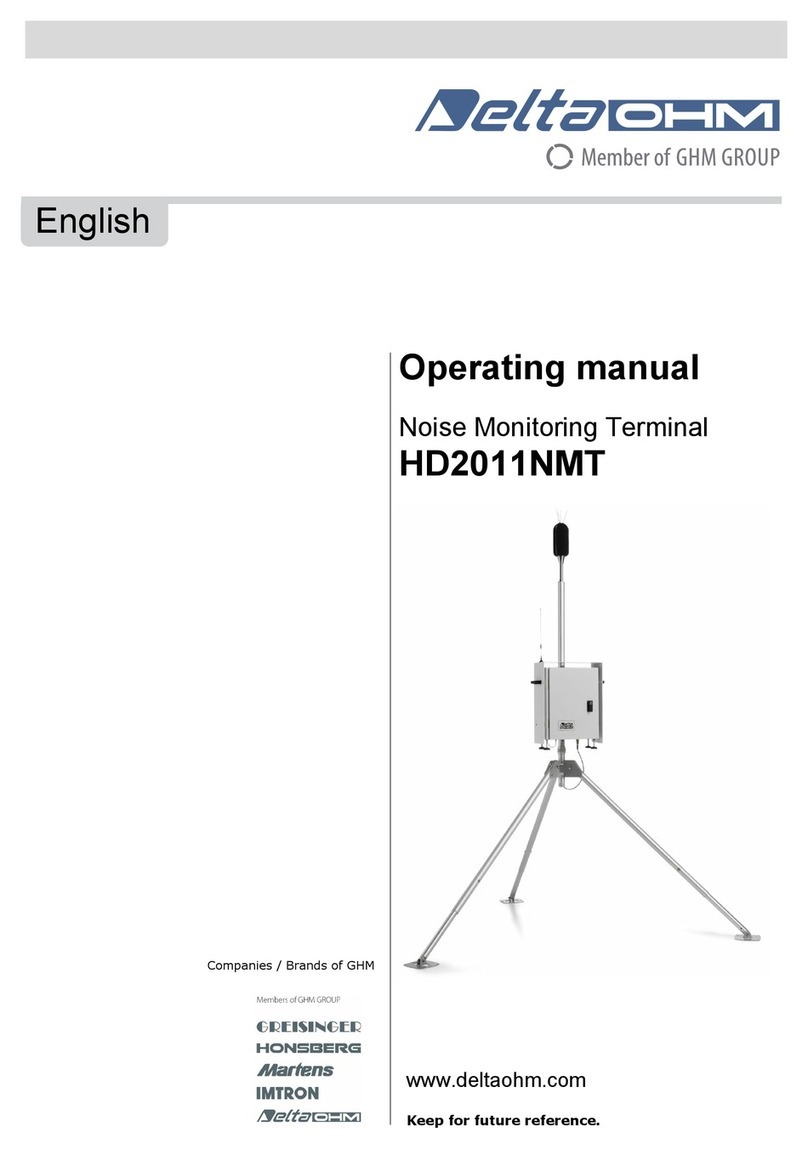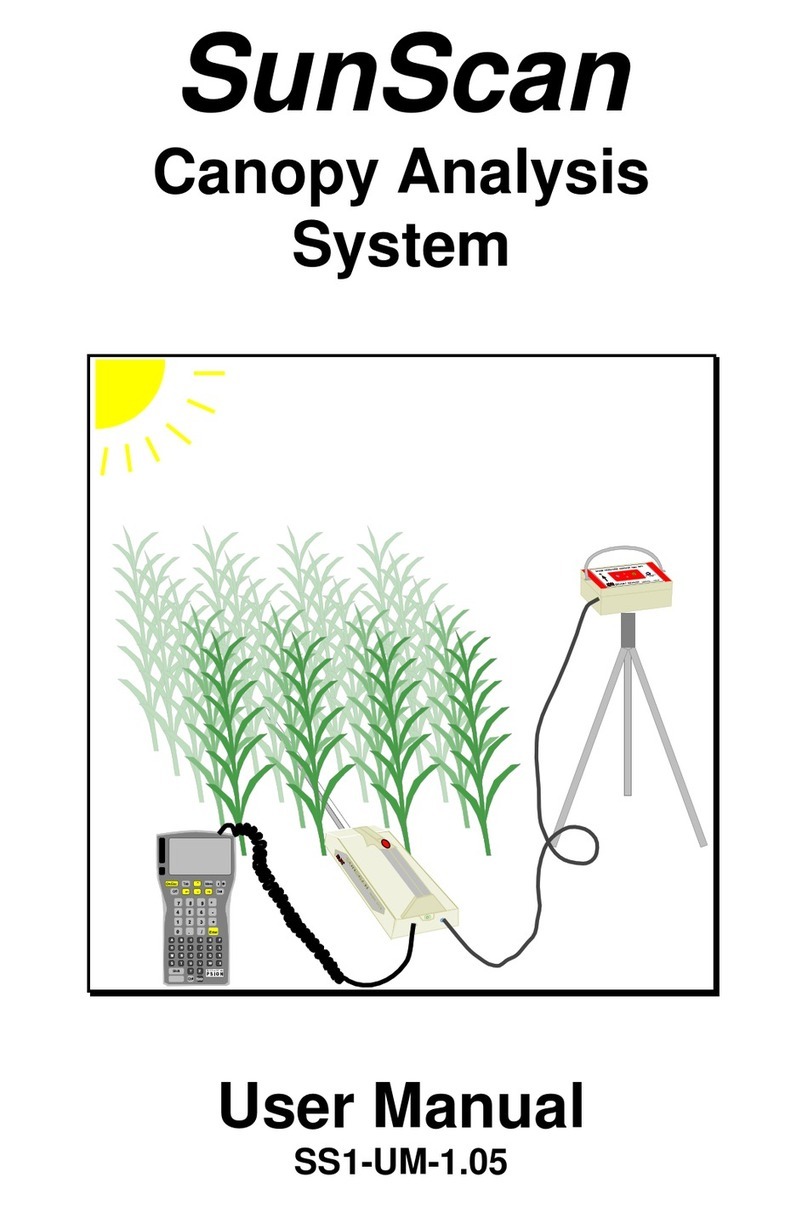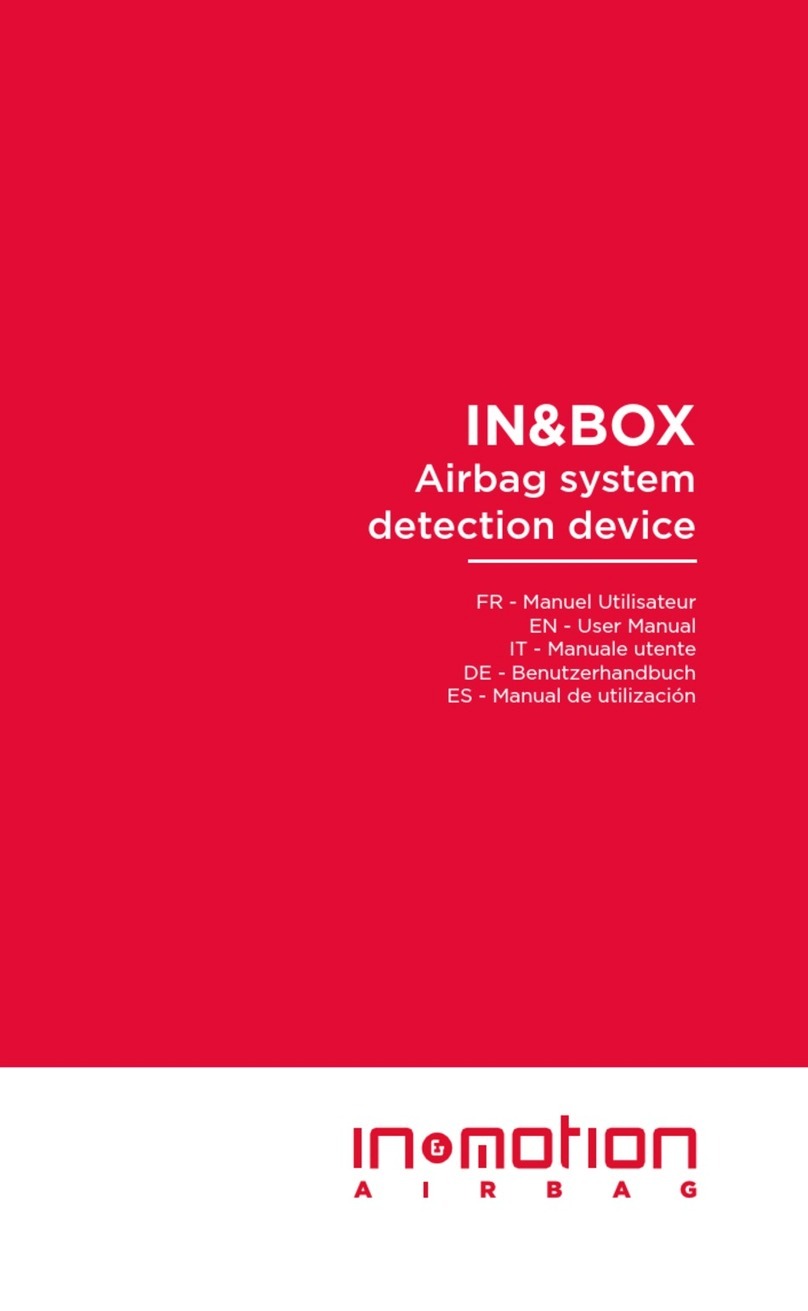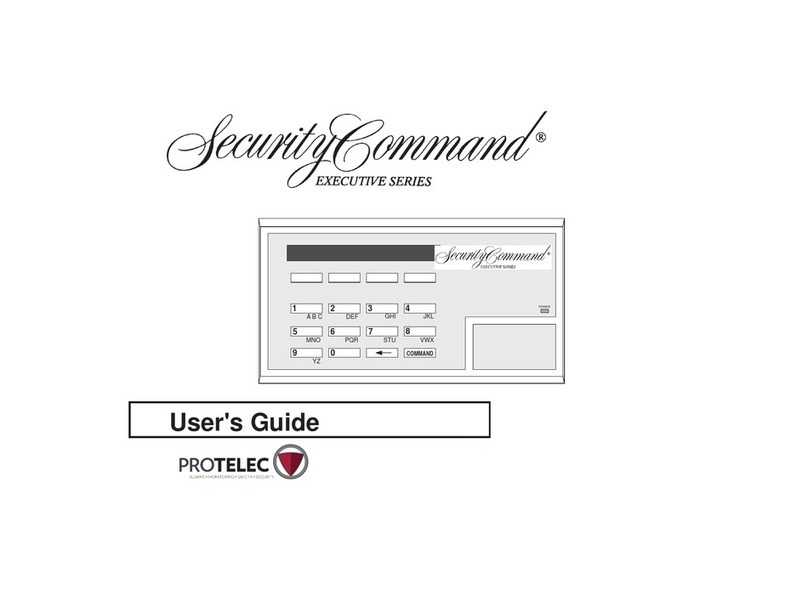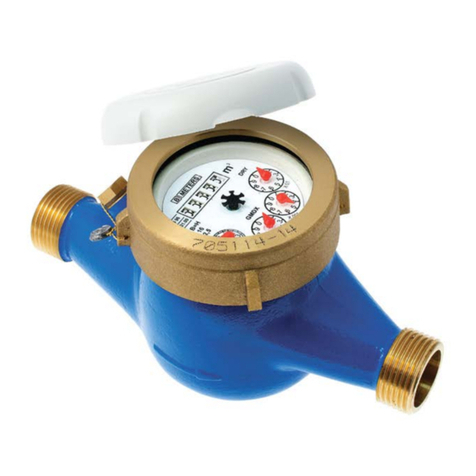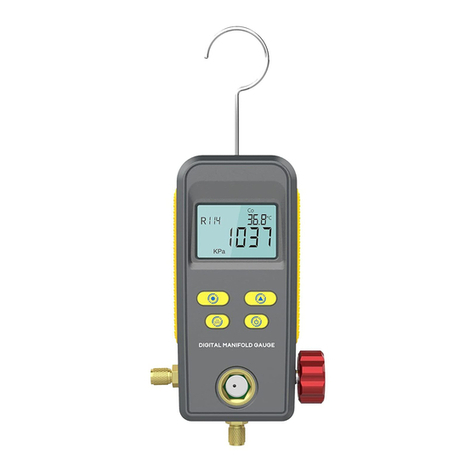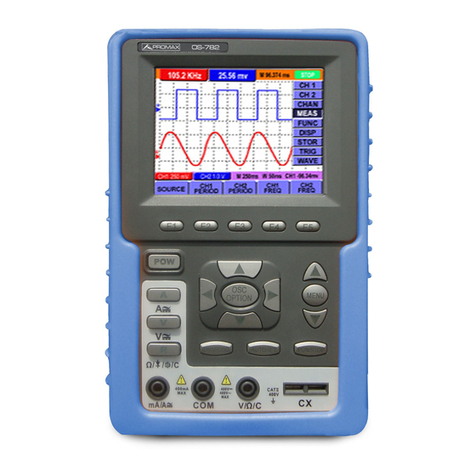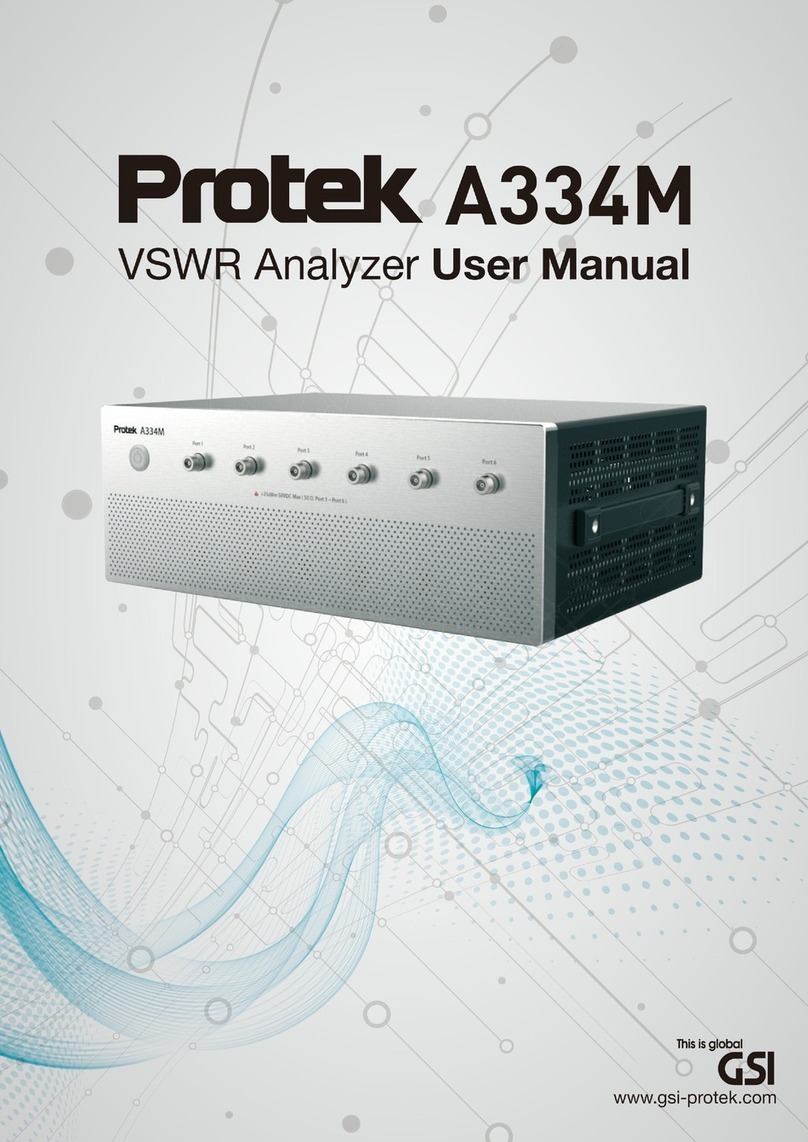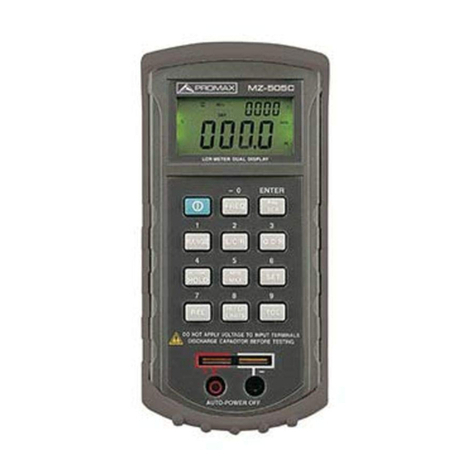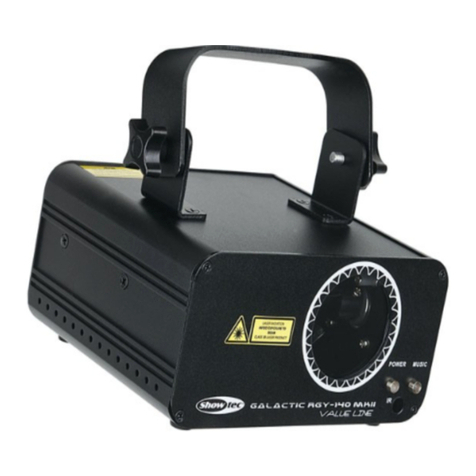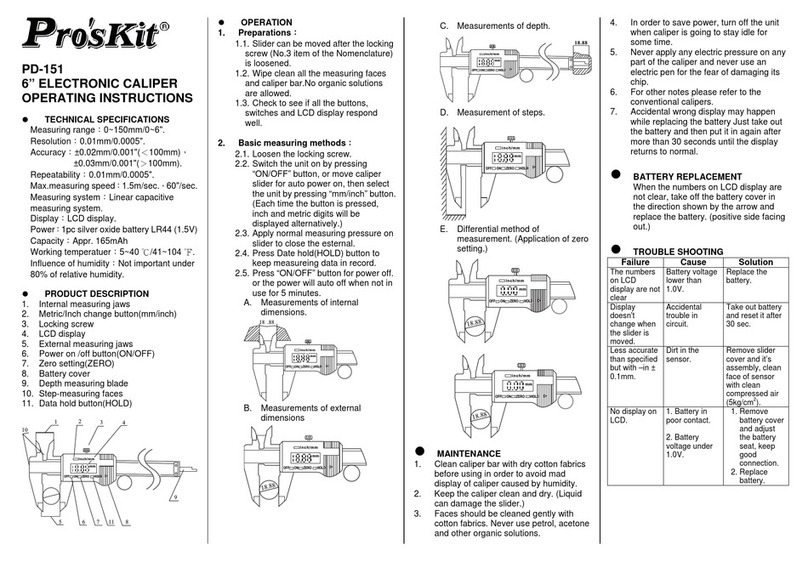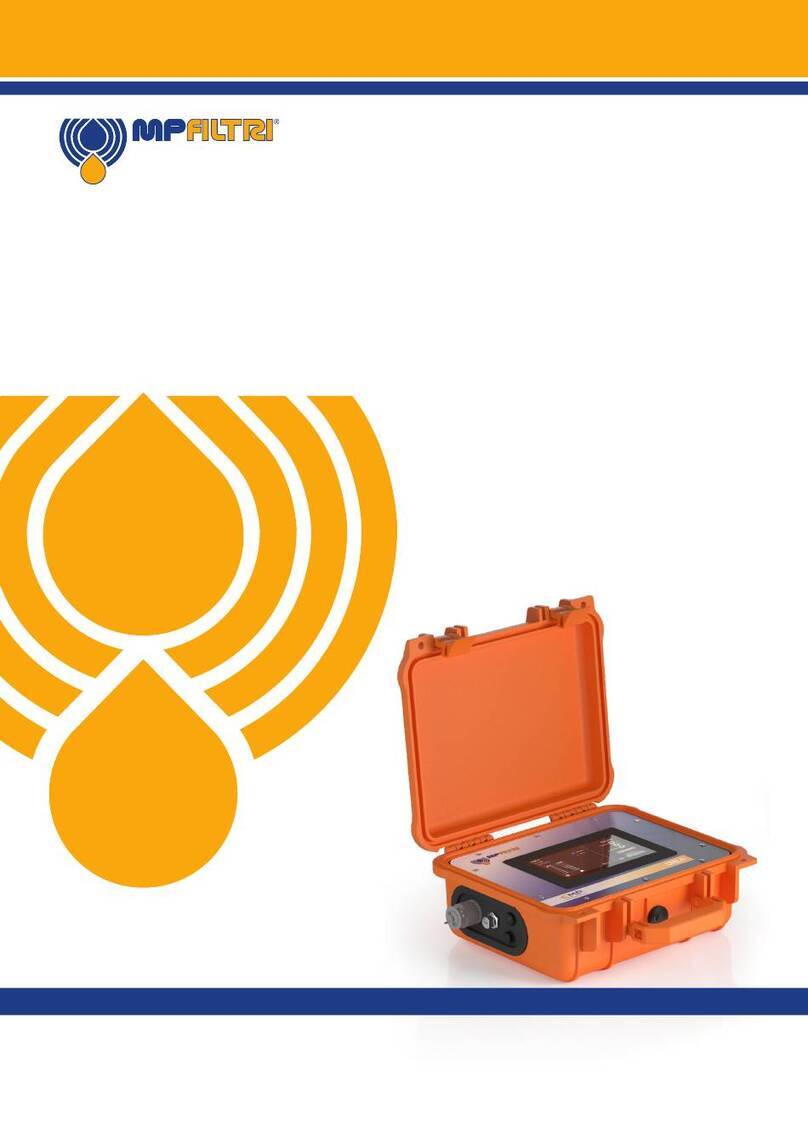PPE Fowler 52-224 Series User manual

Digital Micrometer
Part Number: 52-224 series
Safety Precautions
To ensure operator safety, use this instrument in conformance with the direc-
tions and specications given in this User's Manual.
The edge of the contact point of this instrument is sharp.
Handle it with great care to avoid injury.
IMPORTANT
• Do not disassemble this instrument.
• Do not use and store this instrument at sites where the temperature will
change abruptly. Prior to use, thermally stabilize the instrument sufciently
at a room temperature.
• Avoid storing this instrument in places where there is plenty of moisture
and dust, and using it at sites where it is directly subject to water or oil.
• Do not apply excessive force to this instrument or drop it.
• Be sure to perform the zero point adjustment before measurement.
• After use, wipe off dust, cutting chips, and moisture from this instrument, then
apply rust-preventive oil to it.
[1] Name and Function of Each Part
See the gure on the left.
[2] How to Read
See the gure on the left.
[3] Zero Point Adjustment
IMPORTANT
• Be sure to use the dedicated gauge block for the zero point adjustment (all of
these should be inspected periodically), the standard bar for micrometer, or
dedicated master gages for the workpiece to perform the zero point adjust-
ment of this instrument.
• Wipe off the measuring faces of the gage used and this instrument cleanly
before performing the zero point adjustment.
• Perform the zero point adjustment in the same posture and conditions as the
measurement.
1) When the reading is correct on the counter and wrong on
the thimble
(1) If the deviation is less than 0.02mm:
Rotate the sleeve with the supplied wrench by the observed error as in
the case for conventional micrometers. (Fig. 1)
(2) If the deviation is over 0.02mm:
Remove the ratchet stop with the supplied wrench. Push the thimble
outward to disengage it from the spindle, then rotate it to zero position.
(Fig. 2)
CAUTION
[1] Name and Function of Each Part
[2] How to Read
[3] Zero Point Adjustment
1. Frame 2. Spindle 3. Anvil
4. Sleeve 5. Thimble 6. Ratchet stop
7. Clamp 8. Counter 9. Wrench
Counter Thimble
.0001" (Vernier)
.001"
.01"
.1"
1"
0-1" .0001"
0-1" .0001"
in.
Fred V. Fowler Co., Inc. • 66 Rowe Street • Newton, MA 02466
617-332-7004 • 617-332-4137 (fax) • Internet: www.fvfowler.com
Digital Micrometer
Part Number: 52-224 series
Safety Precautions
To ensure operator safety, use this instrument in conformance with the direc-
tions and specications given in this User's Manual.
The edge of the contact point of this instrument is sharp.
Handle it with great care to avoid injury.
IMPORTANT
• Do not disassemble this instrument.
• Do not use and store this instrument at sites where the temperature will
change abruptly. Prior to use, thermally stabilize the instrument sufciently
at a room temperature.
• Avoid storing this instrument in places where there is plenty of moisture
and dust, and using it at sites where it is directly subject to water or oil.
• Do not apply excessive force to this instrument or drop it.
• Be sure to perform the zero point adjustment before measurement.
• After use, wipe off dust, cutting chips, and moisture from this instrument, then
apply rust-preventive oil to it.
[1] Name and Function of Each Part
See the gure on the left.
[2] How to Read
See the gure on the left.
[3] Zero Point Adjustment
IMPORTANT
• Be sure to use the dedicated gauge block for the zero point adjustment (all of
these should be inspected periodically), the standard bar for micrometer, or
dedicated master gages for the workpiece to perform the zero point adjust-
ment of this instrument.
• Wipe off the measuring faces of the gage used and this instrument cleanly
before performing the zero point adjustment.
• Perform the zero point adjustment in the same posture and conditions as the
measurement.
1) When the reading is correct on the counter and wrong on
the thimble
(1) If the deviation is less than 0.02mm:
Rotate the sleeve with the supplied wrench by the observed error as in
the case for conventional micrometers. (Fig. 1)
(2) If the deviation is over 0.02mm:
Remove the ratchet stop with the supplied wrench. Push the thimble
outward to disengage it from the spindle, then rotate it to zero position.
(Fig. 2)
CAUTION
[1] Name and Function of Each Part
[2] How to Read
[3] Zero Point Adjustment
1. Frame 2. Spindle 3. Anvil
4. Sleeve 5. Thimble 6. Ratchet stop
7. Clamp 8. Counter 9. Wrench
Counter Thimble
.0001" (Vernier)
.001"
.01"
.1"
1"
0-1" .0001"
0-1" .0001"
in.
7/6/04, 2:49 PM

EZ-Read Micrometer
1. Functional Elements:
(1) Locking device, (2) Digit counter, (3) Friction thimble,
(4) Sleeve, (5) Screw, (6) End cap, (7) Spanner
2. Zero Setting (If digital alignment is askew.):
1.) Rotate friction thimble (3), set zero position for measuring face
just as normal micrometers.
2.) Lock locking device (1), take off end cap (6).
3.) Hold frame (for non-rotating spindle type micrometers, hold
sleeve (4)), loosen screw (5) with spanner (7) or a screw driver.
4.) Rotate sleeve (4) until the reading on the digit counter (2) is OK.
The last rotating direction should be the same as measuring.
5.) Hold frame (for non-rotating spindle type micrometers, hold
sleeve (4)), tighten screw.
6.) Unlock locking device (1). Set zero position for measuring face
again. If the reading on digit counter (2) is not OK, repeat above
process.
7.) Rotate friction thimble (3) backward to move the spindle back a
little. Hold friction thimble (3), tighten screw (5) rmly.
8.) Replace endcap (6), make sure the end of the endcap (6) is in the
keyway of the sleeve (4).
3. Precautions
1.) Tighten screw (5) rmly to insure accuracy.
2.) Do not disassemble and drop instrument.
1 2 3 4 5 6 7
!CAUTION: Excessive speed may cause internal gear damage!
EZ-Read Micrometer
1. Functional Elements:
(1) Locking device, (2) Digit counter, (3) Friction thimble,
(4) Sleeve, (5) Screw, (6) End cap, (7) Spanner
2. Zero Setting (If digital alignment is askew.):
1.) Rotate friction thimble (3), set zero position for measuring face
just as normal micrometers.
2.) Lock locking device (1), take off end cap (6).
3.) Hold frame (for non-rotating spindle type micrometers, hold
sleeve (4)), loosen screw (5) with spanner (7) or a screw driver.
4.) Rotate sleeve (4) until the reading on the digit counter (2) is OK.
The last rotating direction should be the same as measuring.
5.) Hold frame (for non-rotating spindle type micrometers, hold
sleeve (4)), tighten screw.
6.) Unlock locking device (1). Set zero position for measuring face
again. If the reading on digit counter (2) is not OK, repeat above
process.
7.) Rotate friction thimble (3) backward to move the spindle back a
little. Hold friction thimble (3), tighten screw (5) rmly.
8.) Replace endcap (6), make sure the end of the endcap (6) is in the
keyway of the sleeve (4).
3. Precautions
1.) Tighten screw (5) rmly to insure accuracy.
2.) Do not disassemble and drop instrument.
1 2 3 4 5 6 7
Fred V. Fowler Company, Inc.
66 Rowe Street • Newton, MA 02466
1-800-788-2353 • www.fvfowler.com 1YEAR
WARRANTY
!CAUTION: Excessive speed may cause internal gear damage!
